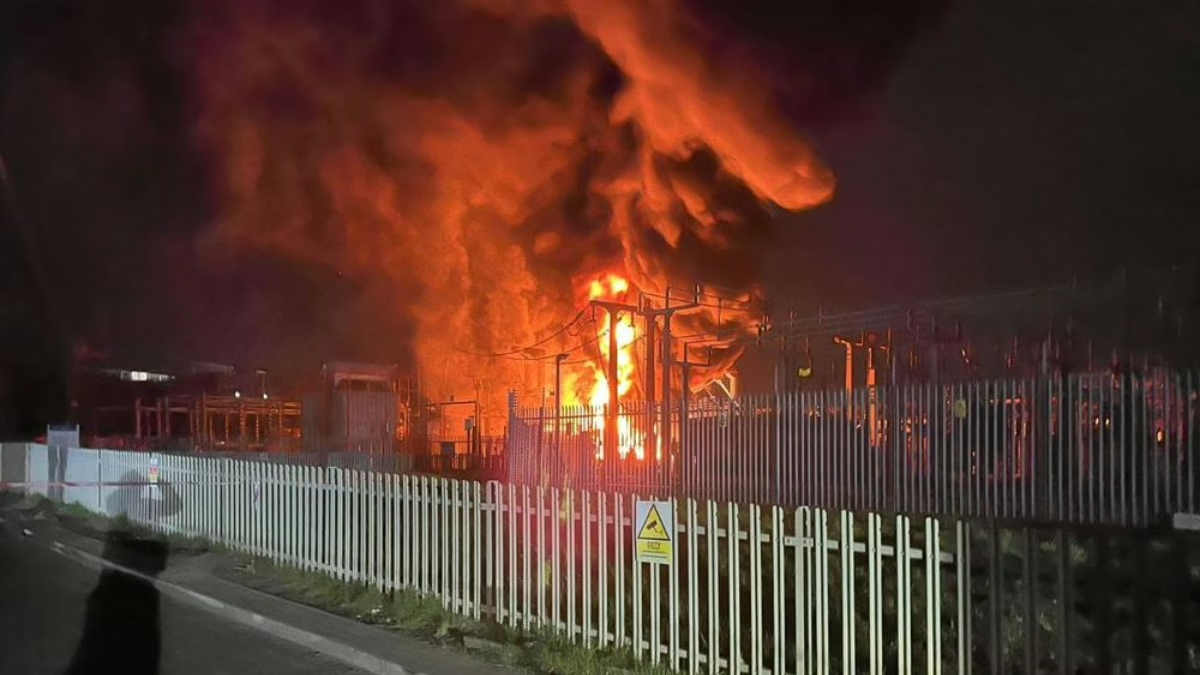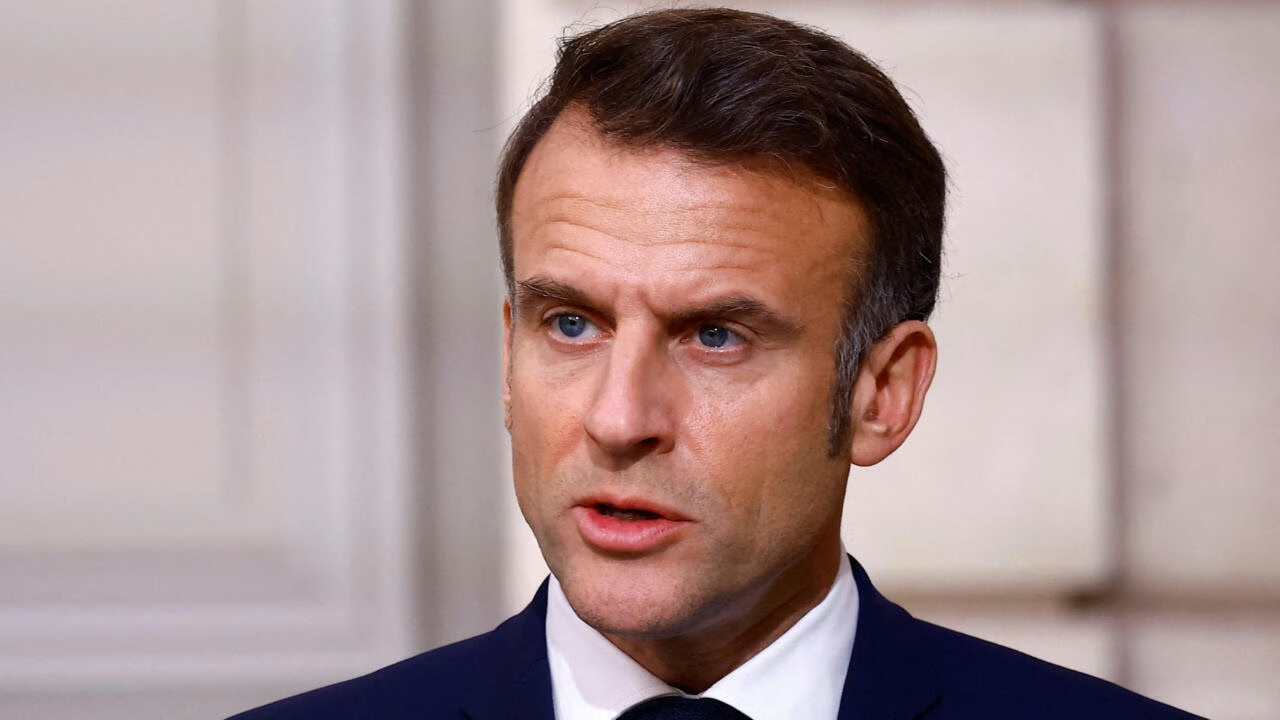This year marks the 60th anniversary of the Dongjiang Water Supply Scheme, a project that has been instrumental in sustaining Hong Kong’s water needs since 1965. Over the past six decades, the scheme has remained a vital source of fresh water for the city, ensuring stability in a region where natural water resources are scarce. However, this reliance has not been without its controversies and challenges, prompting discussions on the long-term sustainability of Hong Kong’s water security.
A Brief History: From Crisis to Stability
Before the Dongjiang Water Supply Scheme was established, Hong Kong frequently suffered from severe droughts, with water rationing a common occurrence in the 1950s and early 1960s. The city’s rapid urbanisation and industrial growth placed enormous pressure on its limited local reservoirs.
To address this crisis, the British colonial government negotiated an agreement with Guangdong authorities, leading to the first supply of Dongjiang water in 1965. Initially delivering 23 million cubic metres per year, the scheme has since expanded significantly. Today, approximately 70-80% of Hong Kong’s fresh water comes from the Dongjiang River, underscoring its critical role in the city’s survival.
Controversies Surrounding the Dongjiang Water Supply
While the scheme has been pivotal in ensuring water security, it has been subject to several controversies over the years:
Financial Concerns and Wastage
The fixed annual payment system, where Hong Kong pays a lump sum regardless of actual consumption, has led to instances where excess water was purchased but not utilised. During periods of abundant rainfall, local reservoirs reached capacity, resulting in the costly discharge of surplus Dongjiang water into the sea. Between 1998 and 2003, it was reported that approximately HK$3 billion worth of unused Dongjiang water was wasted in this manner, sparking public outcry and demands for more flexible contractual terms.
Pricing Disparities
Critics have also highlighted the higher prices Hong Kong pays for Dongjiang water compared to neighbouring regions. Reports indicate that in 2012, Hong Kong paid approximately HK$4.32 per cubic metre, while Dongguan and Shenzhen paid HK$0.50 and HK$0.96 per cubic metre, respectively. This significant price difference has raised questions about the fairness and transparency of the pricing mechanism.
Environmental and Quality Concerns
The Dongjiang River has faced pollution challenges due to rapid industrialisation and urban development in the Guangdong region. Studies have detected contaminants such as heavy metals and pathogens in the river, raising concerns about the quality of water being supplied to Hong Kong. Although treatment processes are in place to ensure safety, the long-term health implications remain a topic of concern.
How Hong Kong’s Water Imports Compare Globally
Hong Kong is not alone in importing water; several cities worldwide have similar arrangements, though costs and quality vary:
| City | Water Source | Price (per acre-foot) | Water Quality |
| Hong Kong | Dongjiang River, Guangdong | ~£460 | Stable quality, meets drinking water standards. |
| Singapore | Johor, Malaysia | ~£0.09 (raw water) / ~£1.50 (treated water sold back to Johor) | Raw water requires treatment; Singapore maintains strict water quality controls. |
| San Diego (USA) | Imported water | ~£860 | Good quality but expensive. |
| El Paso (USA) | Imported water | ~£1,600 | Meets standards but very costly. |
| London (UK) | Norwegian fjords (planned) | TBD | Will require treatment to meet UK drinking water standards. |
Singapore, for example, has long relied on Malaysia’s Johor state for its water supply under a 1962 agreement, which allows it to draw up to 250 million gallons (1,136 million litres) of raw water per day. In return, Singapore provides Johor with treated water at a subsidised rate. However, this arrangement has been a source of political tension, with Malaysia occasionally calling for a renegotiation of prices.
Meanwhile, cities in the United States such as San Diego and El Paso pay significantly higher prices for imported water due to infrastructure and transportation costs. London is also exploring the idea of importing water from Norwegian fjords, although the financial and environmental implications remain uncertain.

Environmental and Geopolitical Challenges
In recent years, environmentalists have raised concerns about the sustainability of Dongjiang’s water supply. The river basin is already considered an area of water scarcity, facing competition from the rapidly growing populations and industries in the region. Climate change further complicates matters, with shifting rainfall patterns threatening the river’s long-term stability.
On the geopolitical front, Hong Kong’s reliance on Dongjiang water places it in a vulnerable position. Historically, control over water supply has been viewed as a strategic tool. Chinese Premier Zhou Enlai once regarded guaranteeing supplies to Hong Kong as a political task, highlighting the potential leverage in controlling the colony’s basic needs.
The Search for Alternatives: Expanding Desalination Capacity
Recognising the risks of overdependence, Hong Kong has invested in water diversification strategies. The Tseung Kwan O desalination plant, expected to supply up to 5% of the city’s water demand, is one such effort. However, this is just the beginning of a broader strategy to reduce reliance on Dongjiang water.
The Hong Kong government has announced plans to expand desalination capacity in the coming years, with feasibility studies already underway for additional plants in other coastal areas. While desalination is an energy-intensive process, advancements in technology are making it more viable. If successfully implemented, desalination could play a key role in securing Hong Kong’s long-term water independence.
Expanding local water catchment areas and promoting water conservation measures have also been prioritised. However, experts argue that Hong Kong must accelerate its long-term water security planning, looking towards larger-scale desalination, wastewater recycling, and smarter water management technologies to ensure resilience.
A Look Ahead
As Hong Kong commemorates 60 years of Dongjiang water supply, the occasion serves as both a celebration and a moment for reflection. While the scheme has been pivotal in the city’s development, its associated controversies and challenges highlight the need for a more diversified and resilient approach to securing Hong Kong’s most precious resource. With growing environmental concerns, pricing disputes, and geopolitical dynamics, the next 60 years will require strategic planning and investment to ensure sustainable and secure water for all.
Discover more from “Bridging Hongkongers. Reporting Truth.”
Subscribe to get the latest posts sent to your email.




